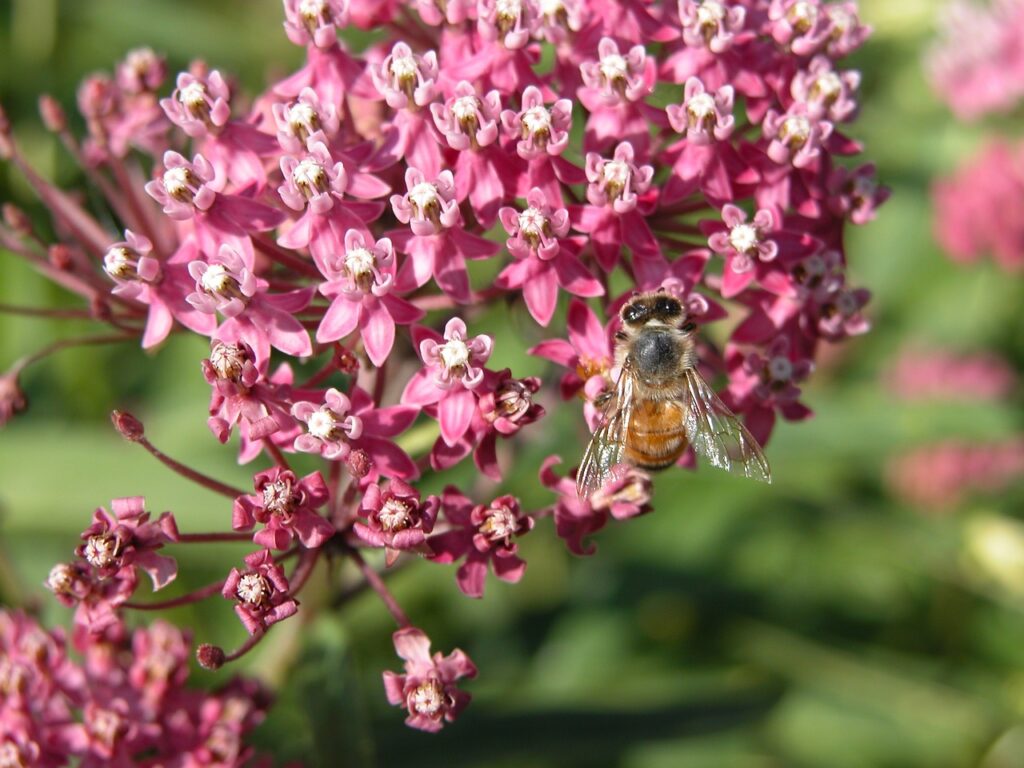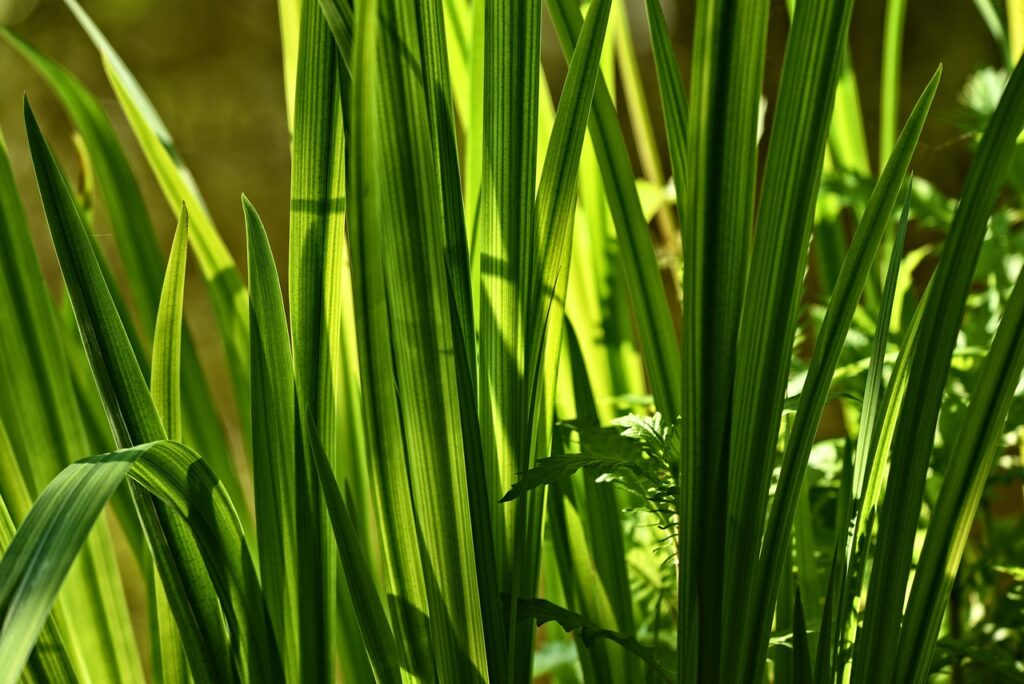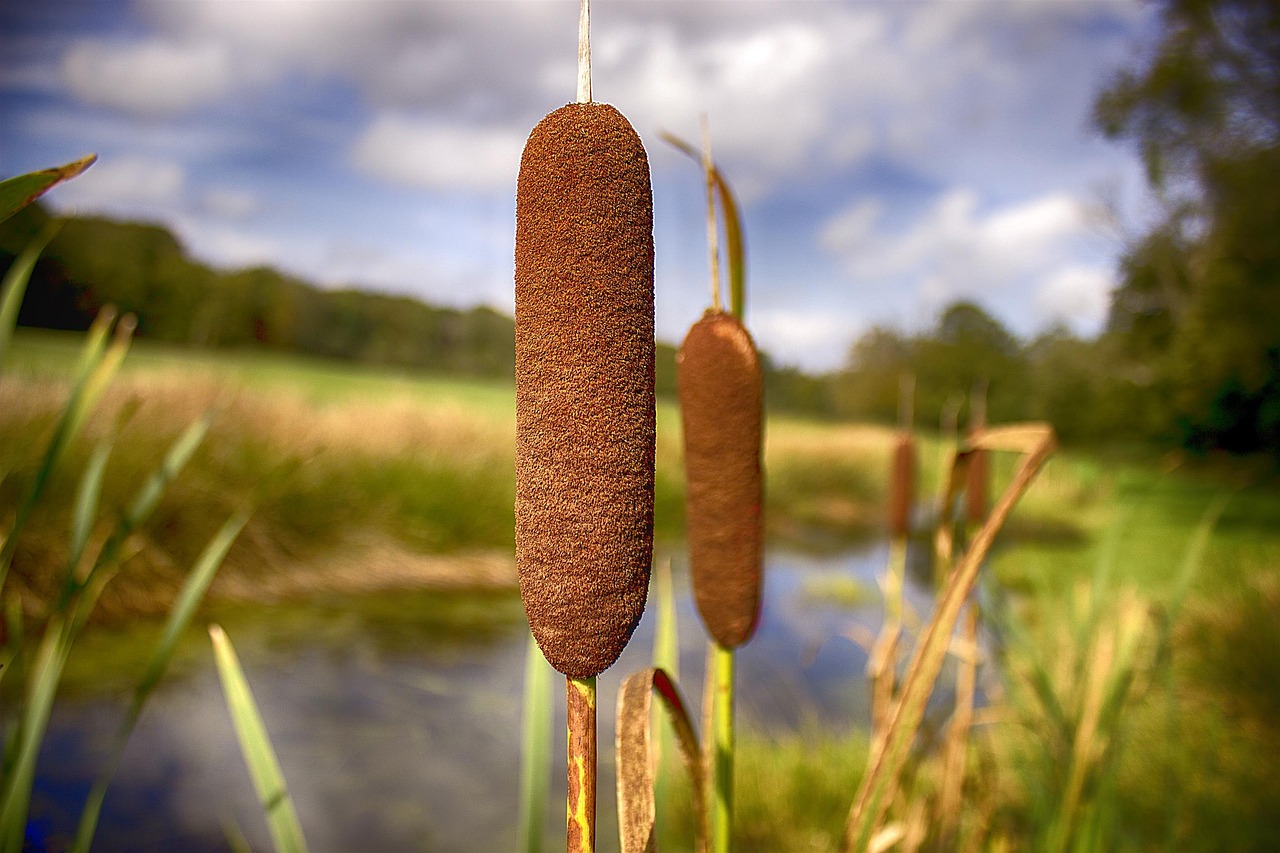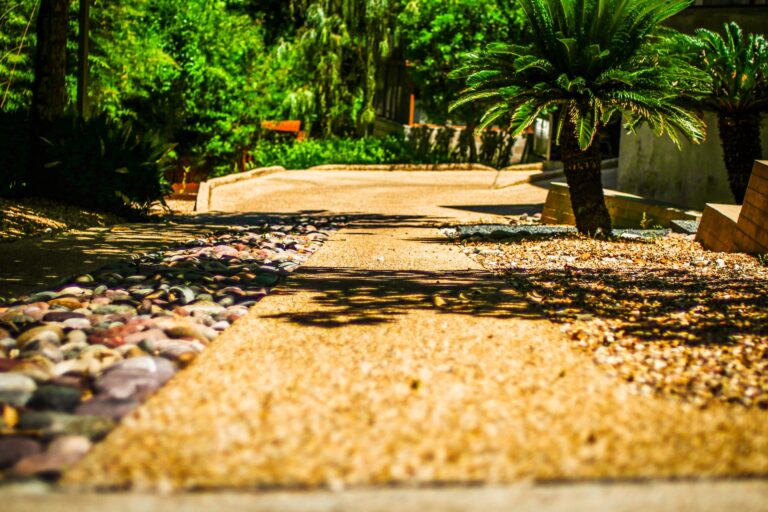Are you concerned about protecting your home from potential flooding? Living in an area prone to heavy rains and rising water levels can be worrisome, but there are steps you can take to minimize the impact of flooding on your property. One effective strategy is to incorporate flood-resistant plants into your landscaping. These plants have adapted to withstand periods of flooding and can help reduce soil erosion, absorb excess water, and provide a beautiful and resilient landscape. Here, we will explore some of the best flood-resistant plants that can offer protection for your home.
1. Cattails
Cattails are known for their ability to thrive in wetland environments, making them an ideal choice for flood-resistant landscaping. These tall, slender plants not only provide excellent erosion control but also help in purifying water by absorbing pollutants. Cattails can be planted in shallow water or moist soil, and their unique appearance adds a touch of elegance to any landscape.
2. Red Maple
Red maple is a versatile tree that can withstand both wet and dry conditions, making it an excellent choice for flood-resistant landscaping. It can tolerate flooding for short periods and grows well in various soil types. With its vibrant foliage and ability to reach impressive heights, the red maple adds beauty and shade to your property while offering protection against flooding.
3. Switchgrass
Switchgrass is a native grass species that is highly adaptable and resistant to flooding. Its deep root system helps stabilize the soil, making it an effective erosion control plant. Switchgrass also provides habitat for birds and other wildlife and adds texture and movement to your landscape with its tall, feathery plumes.
4. Iris
Irises are not only known for their stunning flowers but also for their ability to thrive in wet conditions. These hardy plants can withstand flooding and can be planted in both wet soils and shallow water. Irises come in a variety of colors and sizes, making them a versatile choice for flood-resistant landscaping.
5. Black-Eyed Susan
Black-eyed Susans are beautiful, low-maintenance perennials that can tolerate wet conditions, making them a great addition to flood-resistant landscapes. These vibrant yellow flowers bloom from summer to fall and attract pollinators such as bees and butterflies. Black-eyed Susans can be planted in well-drained soil or in rain gardens to help absorb excess water.
6. Bald Cypress
Bald cypress is a majestic tree that is particularly well-suited for flood-prone areas. Its unique adaptation allows it to thrive in both wet and dry conditions, making it an excellent choice for flood-resistant landscaping. The bald cypress is known for its attractive shape and stunning fall foliage, adding both beauty and flood protection to your property.

7. Swamp Milkweed
As the name suggests, this flowering plant thrives in wetland habitats, making it an excellent choice for flood-resistant landscaping. Swamp Milkweed can withstand flooding and even help absorb excess water, reducing the risk of water damage to your property. Additionally, it attracts pollinators like butterflies, adding to the ecological value of your landscape.
8. River Birch
This deciduous tree is not only visually appealing but also highly flood-resistant. River Birch can tolerate both wet and dry conditions, making it an excellent choice for areas that experience periodic flooding. Its beautiful peeling bark adds texture and interest to your landscape, making it a standout feature in flood-prone areas.
9. Spider Lily
Spider Lily is a stunning flowering plant that thrives in wet environments, making it an ideal choice for flood-resistant landscaping. With its white, star-shaped blooms, Spider Lily adds a touch of elegance to any garden or pond. These resilient plants can withstand temporary flooding and will bounce back once the water recedes.
10. Blue Flag Iris
Blue Flag Iris is a native perennial that thrives in wetlands and marshy areas. Its vibrant blue flowers bloom in late spring, attracting pollinators and adding a splash of color to your landscape. Blue Flag Iris has a fibrous root system that stabilizes soil and prevents erosion, making it an excellent choice for flood-prone areas.
11. Sweet Flag
Sweet Flag is a versatile plant that can tolerate both wet and dry conditions. Its grass-like foliage adds texture and interest to your landscape, while its rhizomes help stabilize soil and prevent erosion. Sweet Flag is also known for its pleasant fragrance, making it a popular choice for gardens near water features.

Designing Your Flood-Resistant Landscape
When designing your flood-resistant landscaping, it’s important to consider the specific conditions of your yard, such as the soil type, sun exposure, and drainage patterns. Consulting with a local horticulturist or landscaping professional can help you choose the most suitable flood-resistant plants for your specific needs.
In addition to selecting flood-resistant plants, there are other landscaping techniques you can incorporate to enhance the flood resilience of your property. These include creating swales, berms, and rain gardens to redirect and absorb excess water, as well as using permeable paving materials to allow water to infiltrate the ground.
The Bottom Line
Incorporating flood-resistant plants into your landscaping not only helps protect your home from potential flooding but also enhances the aesthetic appeal of your property. By choosing plants that can withstand periods of flooding, you are creating a resilient and beautiful landscape that can thrive even in challenging conditions. Take the necessary steps today to safeguard your home and create a flood-resistant oasis that you can enjoy for years to come.







